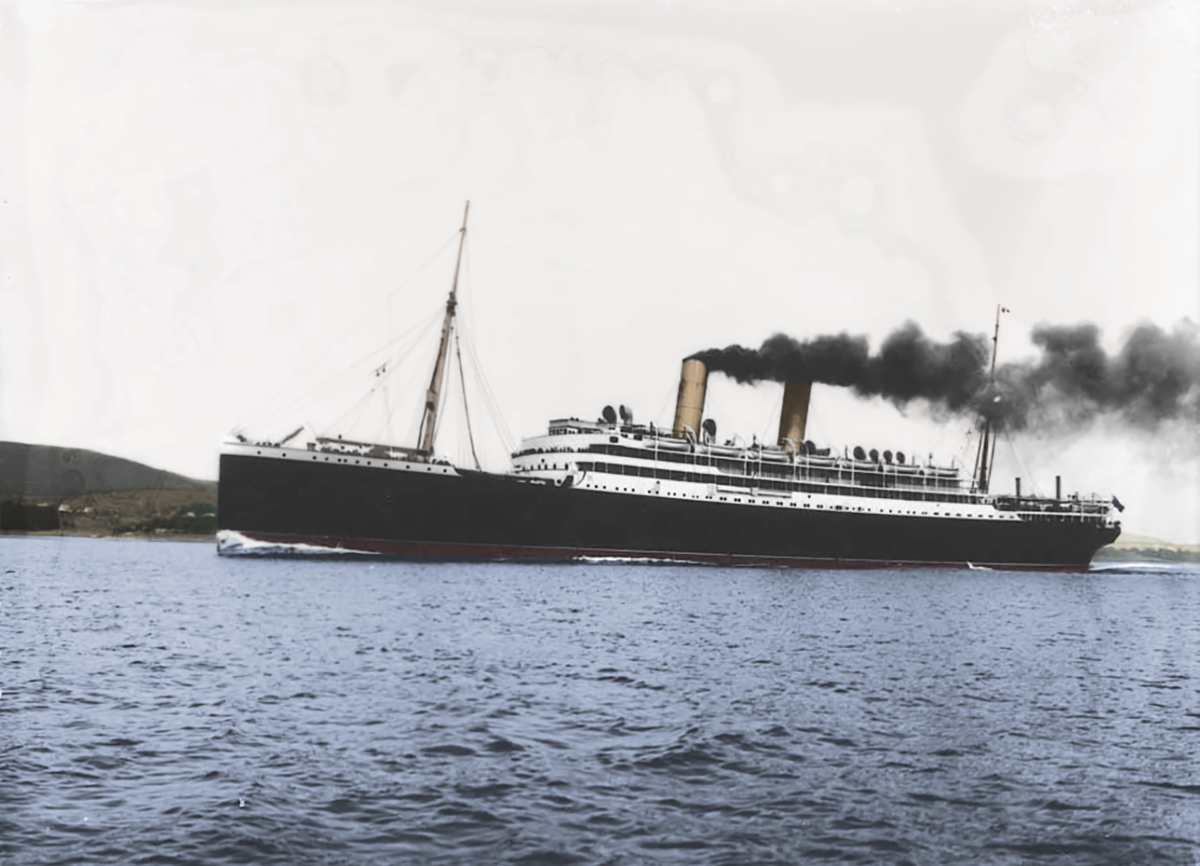Crow
Silver Member
- Jan 28, 2005
- 3,552
- 9,928
- Detector(s) used
- ONES THAT GO BEEP! :-)
- Primary Interest:
- Other
Gidday all Gather around I have treasure yarn ya. grab ya favorite brew. take seat and enjoy the story.
It is story that largely went under the radar. Even today there has been no clear indication that there was gold on the vessel. Those in know are keeping tight lipped as if it State secrets. Yet stories persist of gold being on this vessel. here is color tinted of vessel below. she was fine looking ship.

She successful even through the great depression carrying passenger to Canada during the summer months acting as cruise ship in winter months in other parts of the world.

On 28 October 1940, RMS Empress of Britain was torpedoed in the Atlantic by U-32 and sank about 70 miles off County Donegal.

The attack by U-32 was a follow-up attack after the ship had been bombed by German planes on 26 October – after which, most of the passengers and crew had been safely evacuated from the stricken ship.

The Empress of Britain was the largest ship sunk by a U-boat during the Second World War, and it is rumoured that the liner was carrying a large amount of gold.
Here is two newspaper accounts of incident below.

here is another newspaper story at the time.

to be continued.......
Crow
It is story that largely went under the radar. Even today there has been no clear indication that there was gold on the vessel. Those in know are keeping tight lipped as if it State secrets. Yet stories persist of gold being on this vessel. here is color tinted of vessel below. she was fine looking ship.
She successful even through the great depression carrying passenger to Canada during the summer months acting as cruise ship in winter months in other parts of the world.
On 28 October 1940, RMS Empress of Britain was torpedoed in the Atlantic by U-32 and sank about 70 miles off County Donegal.
The attack by U-32 was a follow-up attack after the ship had been bombed by German planes on 26 October – after which, most of the passengers and crew had been safely evacuated from the stricken ship.
The Empress of Britain was the largest ship sunk by a U-boat during the Second World War, and it is rumoured that the liner was carrying a large amount of gold.
Here is two newspaper accounts of incident below.
here is another newspaper story at the time.
to be continued.......
Crow
Amazon Forum Fav 👍
Last edited:









